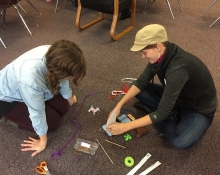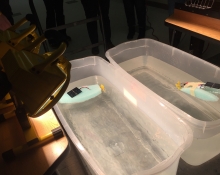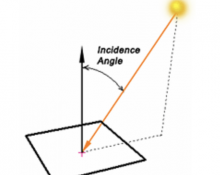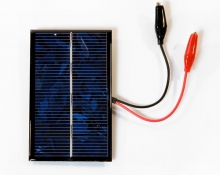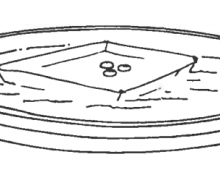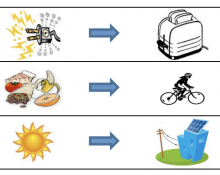Analyze Data and Develop Conclusions
Students will analyze data from the solar boat races and develop conclusions. Students will write out their conclusions in a clear, articulate manner that demonstrates the usage of evidence from their own observations. Students will determine specific uses for quantitative vs. qualitative data in science experiments.
Students have performed the investigation. They will now analyze their data, refer to their initial predictions, and develop their conclusions. Students will have the opportunity to discuss the usefulness of


